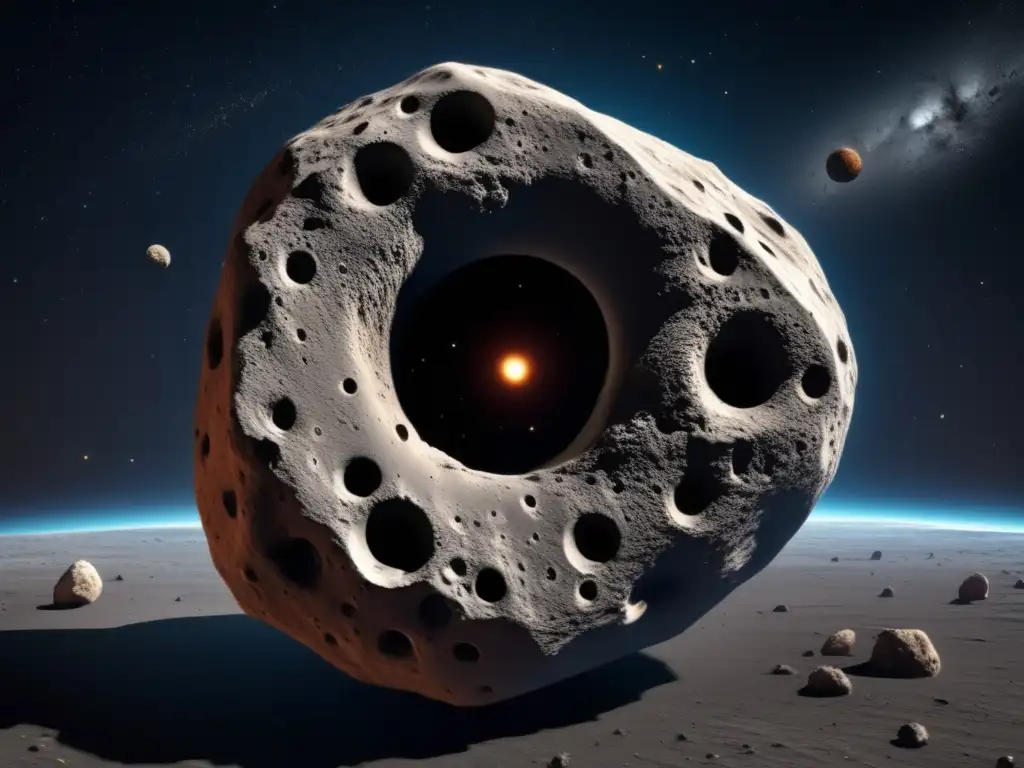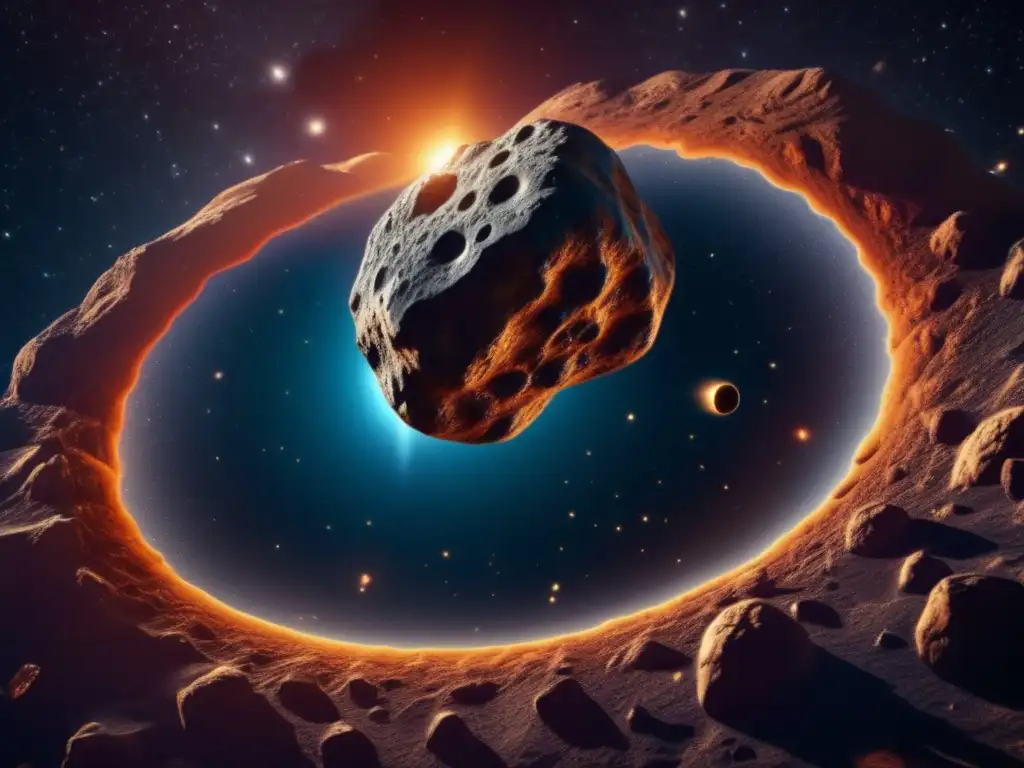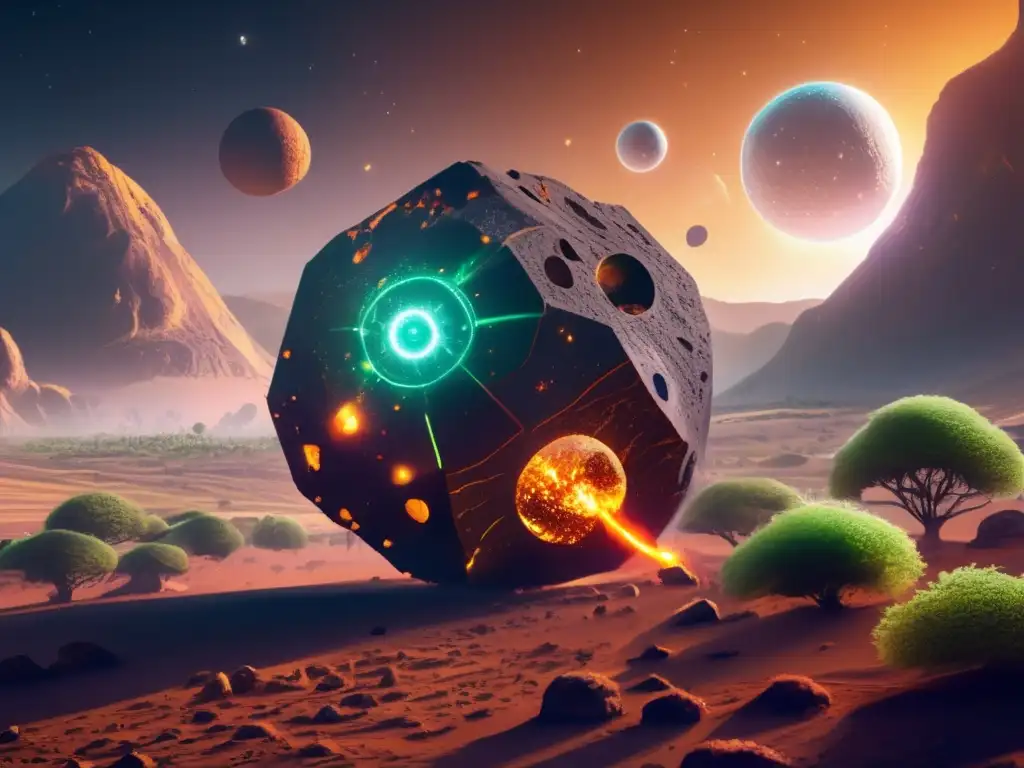Asteroids: Potential Wellsprings Of Life In The Cosmos

Introduction
Asteroids have always been a source of fascination for scientists, researchers, and even science-fiction enthusiasts. While some people think of asteroids as threatening objects that could potentially collide with Earth and cause destruction, others view them as potential wellsprings of life in the cosmos. In this article, we will explore this latter perspective.
Asteroids and Extraterrestrial Life

The Building Blocks of Life
Asteroids contain elements and minerals that are essential to life as we know it. For instance, they have carbon compounds, which form the basis of organic molecules that make up living organisms. Some asteroids also contain water and other volatile substances that are vital to life. Research suggests that asteroids could have played a significant role in seeding life on Earth.
The Search for Extraterrestrial Life
Scientists believe that the discovery of extraterrestrial life is just a matter of time. The search for life beyond Earth has focused on habitable planets, but what if we are looking in the wrong places? Evidence suggests that asteroids could be potential habitats for microbial life forms. These microorganisms could have evolved independently or could have been carried to asteroids from other planets or moons.
The Importance of Asteroid Exploration
To study asteroids and their potential for harboring extraterrestrial life, we must explore them. NASA's OSIRIS-REx mission, which reached the asteroid Bennu in 2018, has provided valuable insights into the composition and structure of asteroids. Other missions, such as the Japanese Hayabusa2 and the European Space Agency's Hera, are also planned to explore asteroids in the future.
Challenges of Studying Asteroids and Extraterrestrial Life

Sample Collection
To study potential extraterrestrial life on asteroids, we must collect samples. However, collecting samples from asteroids is a complex task that requires advanced technology and precision. Contamination is also a significant concern as we do not want to bring back Earth-based microbes that could interfere with the analysis of extraterrestrial samples.
Analyzing Samples
The analysis of asteroid samples is equally challenging. We must use sophisticated scientific techniques to identify and characterize any potential extraterrestrial life forms. The analysis must be extremely sensitive to detect microscopic organisms that may not be visible to the naked eye.
Interpreting Results
Even if we find evidence of extraterrestrial life in asteroid samples, interpreting the results will be a daunting task. Life on Earth has evolved over millions of years, and we do not know what extraterrestrial life will look like, how it functions, or how it is related to life on Earth. Therefore, we must approach the discovery with an open mind and consider all possible scenarios.
Frequently Asked Questions

-
Could studying asteroids help us find extraterrestrial life?
Yes, asteroids could be potential habitats for microbial life forms that could have evolved independently or could have been carried to asteroids from other planets or moons.
-
What are some challenges of studying potential extraterrestrial life on asteroids?
Sample collection, analyzing samples, and interpreting results are some of the challenges of studying potential extraterrestrial life on asteroids.
-
What missions are planned to explore asteroids in the future?
The Japanese Hayabusa2 and the European Space Agency's Hera are planned to explore asteroids in the future.
-
Why is contamination a significant concern when collecting asteroid samples?
Contamination with Earth-based microbes could interfere with the analysis of extraterrestrial samples.
-
What if we find evidence of extraterrestrial life in asteroid samples?
Interpreting the results will be a daunting task, and we must approach the discovery with an open mind and consider all possible scenarios.
Conclusion
Asteroids could be potential wellsprings of life in the cosmos. The study of these celestial objects, particularly their potential for harboring extraterrestrial life, is of great interest to scientists and researchers worldwide. Although studying asteroids poses several challenges, such as sample collection, analyzing samples, and interpreting results, we must continue to explore and study them if we ever hope to understand their potential to support extraterrestrial life.
Are you fascinated by asteroids and their potential for harboring life? Let us know your thoughts in the comments section below. Don't forget to subscribe to www.asteroidrealm.com to stay up-to-date on the latest asteroid-related news and research.
Additional Resources

Want to delve deeper into the topic of asteroids and extraterrestrial life? Check out the following resources:
- NASA: Asteroids and Life
- Space.com: How Asteroids May Have Seeded Life on Earth with Water, Organic Compounds
- ScienceDirect: The potential for microbial life in impact-generated hydrothermal systems on ocean worlds and icy bodies in the Solar System and beyond
 Astrobiology's Frontier: The Hunt For Life On Asteroids
Astrobiology's Frontier: The Hunt For Life On Asteroids The Life-Giving Rocks: Asteroids And The Origin Of Life
The Life-Giving Rocks: Asteroids And The Origin Of Life Between A Rock And A Life Place: Life's Potential On Asteroids
Between A Rock And A Life Place: Life's Potential On AsteroidsIf you want to discover more articles similar to Asteroids: Potential Wellsprings Of Life In The Cosmos, you can visit the Asteroids and Extraterrestrial Life category.
Leave a Reply

Articulos relacionados: